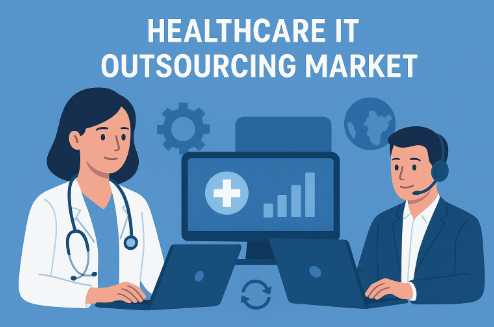Businesses in the construction industry typically need to carry auto insurance to protect them, their drivers, and other people in the event of motor vehicle accidents. Even if you run a relatively safe job-site and hire good people, you may have to deal with auto claims.
How can you reduce the costs of these auto claims in the long term?
Hiring and Training
Everything starts with your hiring and training processes. If you hire more competent, more safety conscious drivers, and you teach those drivers to operate your company vehicles responsibly, you're going to have fewer accidents to deal with.
These are some of the most important areas to focus on here:
Employee screening. You need to have a consistent, thoroughly documented employee screening policy in place. Ideally, you'll treat every candidate identically, validating their employment history, investigating their criminal background, and generally evaluating their strength as a candidate. If you find anything troubling, such as a long history of reckless driving offenses, consider assigning the employee to a role that doesn't involve the operation of a motor vehicle, or consider not hiring the employee at all. You need safe, responsible, experienced people behind the wheel at all times.
Aptitude and attitude. You should also evaluate the aptitude and attitude of each candidate before you give them the responsibility of operating a vehicle, especially if that vehicle is a piece of heavy machinery. Some of your drivers may need a CDL, while others may be able to complete their responsibilities with a traditional driver's license. Either way, you need to ensure that each employee in your organization has the credentials and qualifications necessary for their type of vehicle operation.
Safety culture. Your observance and fostering of safety culture plays a significant role in your organization’s auto claim record as well. Organizations with a strong safety culture are much less likely to experience accidents. Essentially, that means making safety your number one priority and communicating the status of safety as a number one priority across all levels of the organization. Every team member should treat safety as more important than speed, efficiency, pay, or any other factor.
Effective training and education. Even if your drivers have significant driving experience and a CDL as well, it's important to provide thorough training and education. Make sure your drivers understand the risks and responsibilities of operating a vehicle, and give them tips on how to avoid serious accidents.
Maintenance and inspections. The quality and condition of your equipment matters as well. It's your responsibility to maintain a consistent maintenance schedule and regularly inspect your vehicles for potential issues that could lead to accidents. Not all auto claims are directly attributable to driver error.
Tracking and Evaluating
It's also a good idea to implement tracking and evaluation standards, so you can keep an eye on your drivers’ performances and intervene when necessary. Sometimes, issues can be cleared up with a bit of retraining; other times, disciplinary action is the way to go.
Company logos and contact info. First, think about how other people might be tracking you. Displaying your company logo or contact information on a vehicle can be a great way to promote your business, but it can also be a sign that your vehicle is well insured, ultimately attracting scammers who may want to take financial advantage of your organization.
Dashcams. Most construction business owners benefit from installing dashcams in all their vehicles. This makes it easy to review footage of how your drivers are operating vehicles, so you can critique, retrain, or re-educate them as necessary. This is also important for gathering evidence in the event of a crash.
Telematics. Vehicle telematics is a technological system that allows you to track how the vehicle is being operated, including when brakes are deployed, how the vehicle is accelerating, and more. It can help you pinpoint the root cause of various accidents and further track how your drivers are operating your vehicles.
Incident review. If and when you do have incidents involving company vehicles, thoroughly review them. Try to figure out the root cause of each accident and make sure your employees are a part of the process.
Regular evaluations and audits. Finally, go through regular evaluations and audits of your processes. Speak to each employee driver about their record and their current driving habits on a regular basis. Review your approach to maintenance to ensure your standards are being followed consistently across the board.
It's impossible to prevent all auto accidents, but you can get darn close with the right approach. If your construction business makes it a point to reduce auto claims as much as possible, you should be able to maintain much safer driving records – and protect both your employees and your business in the process.


















